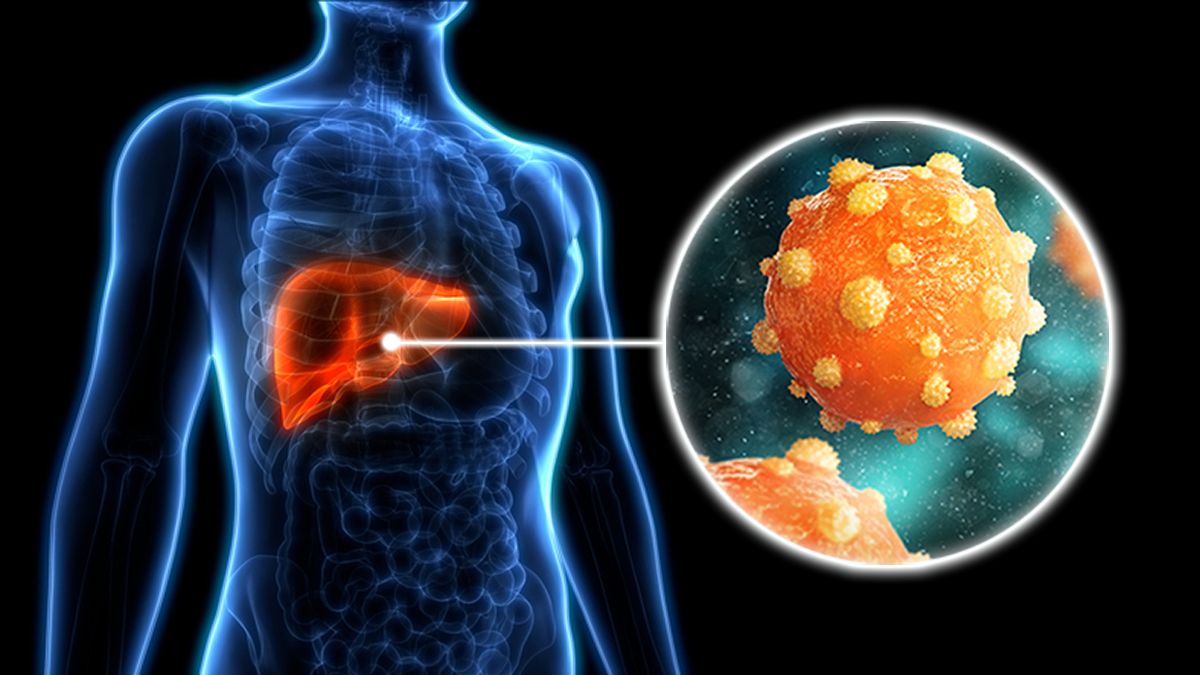🧪 Quiz: Acute Viral Hepatitis

These Best-of-Five questions will test your understanding of the pathophysiology, transmission, and laboratory features of acute viral hepatitis. Ready to apply what you've learned? Like all the quizzes, you can have a try and check your answers anonymously, then reset the quiz to try again later !

No comments:
Post a Comment